
The pound shop mantra can be summed up in just three little words: keep it simple. Stock should be easy to source, have a lengthy shelf life and scream incredible value to the consumer.
Fresh milk is, therefore, quite possibly, the worst product a product a pound shop could choose to stock. Last year’s farmer protests revealed a fraught supply chain, it has a limited lifespan, and the likes of Aldi, Lidl and Iceland, along with Asda, are using it as a loss leader - so delivering extreme value isn’t easy.
Yet over the last two or three years, Poundland, 99p Stores, Poundworld and other non-food discounters have added fresh milk to their general merchandise selections. And on some occasions, they sell it at a lower price than supermarkets. So why mess with such an atypical product? What are the benefits? What sort of volumes are they selling? And how do their fledgling supply chains work?
With the benefit of hindsight, the answer is obvious: customers want it. Yet it’s not that long since Poundland CEO Jim McCarthy first introduced milk as an experiment, after customers voted milk the number one product they wanted Poundland to stock in a survey. He’s since made it a permanent fixture, along with other best-selling groceries.”Milk is an everyday shopping list item for many of our customers. They expect to see it in our chiller cabinets.”
“Milk is an everyday shopping list item for many of our customers, and they expect to see it in our chiller cabinets”
Jim McCarthy, Poundland
99p Stores is also prepared to put up with the pain. While milk is an “unusual product for us to stock, because it’s so perishable,” says co-founder Hussein Lalani, with two million customers a week passing through his 230 stores, milk is a “must have”.
However, milk isn’t working for all the pound shops. Poundworld, the third-biggest fixed price discounter with 200 stores, has enjoyed limited success. In fact, trading director Chris Edwards Jnr says due to “wastage, and price increases, we are seriously considering dropping it”.
It’s a real quandary. As a footfall driver, it’s perfect for the pound shops, whose customers famously love to make impulsive, incremental purchases.
“It gets the store busy, and while customers are buying milk they walk out with £10 worth of other stuff they didn’t know they needed, which has always been a traditional strength of a pound shop,” says John Taylerson, a partner in Dairystix backer Guiston.
But it’s also invariably loss making. “Poundshops are heavily discounting milk, probably not making a margin, possibly even subsidising it to get people into stores,” says another industry source. “On balance, it probably covers its costs, but it turns milk into a discountable commodity, which devalues the whole milk market.”
Cheap means contentious
Of course, the prices, tactics and volumes of variety discounters pale by comparison with grocery discounters, let alone the big four. But Lalani insists discounters are not ignorant of the contentiousness of cheap milk, and milk price debates and farmer relations are as important to them as any other retailer. “We want milk to be part of our customer offer in whatever size and format makes it sustainable for all, and that includes the farmers and producers,” he says. “Customers want milk and we want to supply a good value-for-money offer to all of them.”
So who are those customers? And how much milk are they actually buying? “It’s the single households that wander past and can’t remember if they have any milk,” suggests Taylerson. “It’s impulse buying, or convenience buying. It’s why the container size often isn’t that big, because families don’t leave that to chance.” It also means volumes will be a “fraction” of what the supermarkets shift. “It’s not a big deal,” he claims. “I would say it’s marginal, and causing more heat than light. I think they are playing on the edge.”
Lalani disagrees. Sales are “strong”, he says, and when it offers a two-litre bottle for 99p it can sell over “120,000 litres every week”. And the rampant expansion of the variety discount sector suggests more growth is inevitable, with other discounters stocking milk for the first time. Home Bargains now carries milk in 30 of its 300 stores and Semichem, Wilkinson and Poundstretcher also carry fresh milk in certain stores.
Supply chains
Early adopters have already forged strong links with fresh milk suppliers - especially Müller Wiseman - which ensures they have a robust and scalable supply chain in place. Müller Wiseman delivers direct to the doors of Poundland, Poundworld and Poundstretcher. Home Bargains is also supplied by Müller Wiseman but handles the distribution itself.
Read this
Mark Allen on why Dairy Crest is more a predator than a prey
In the wake of consolidation, has Dairy Crest been shaping up for a potential takeover? CEO Mark Allen would rather talk acquisitions
As for 99p Stores, it works with both local and national suppliers, depending on store location, and receives deliveries three times a week. “We can work with regional suppliers to provide a locally produced product as well as offer massive volume for any national supplier,” says Lalani. “We work closely with both to ensure it is cost-effective for them, and makes business sense for us, to sell a two-litre bottle at 99p.”
To maximise value, pound shops and their suppliers often work together to develop bespoke packaging formats. Poundland offers whole, skimmed and fat-free two-litre bottles for a round pound but has also introduced the same range in 750ml cartons at two for a pound - a size you won’t see in the supermarkets or c-stores. “The great thing is that from a distance it looks like a litre, the price is a little more competitive than a litre and the realisation doesn’t occur until after the sale,” says Taylerson. “For the single household it looks like plenty of milk for your tea and porridge.”
Tightening their grip
The fact suppliers are reshaping pack sizes purely for the variety discount sector suggests pound shops are getting a grip on dairy, says another industry source, and, along with the limited assortment discounters, are having an “increasing impact on milk sales” in c-stores and even the multiples.
“I went to a brand new discounter the other day and they are not messing around with milk”
John Taylorson
Taylerson says the supermarkets have already adapted and are holding their own, highlighting the introduction of value lines and multibuy promotions by Tesco, and Asda’s dogged determination to remain at a symbolic round pound for four pints.
However, c-stores are more vulnerable to the discounters, due to a reluctance to cut prices after years of enjoying a “respectable premium” of around 15% on commodities like milk, sugar and bread, and the “fantastic” high-street locations recently secured by discounters, like former Woolworths stores.
As a result, the volume of milk going through the discounters instead of c-stores is becoming “fairly substantial”. But milk is not for the faint-hearted.
“I went to a brand new discounter the other day and they are not messing around with milk,” says Taylerson. “They are reputable business people, financially well-grounded and are doing it properly. C-stores and supermarkets are all looking for the answer on how to compete with Aldi, Lidl, Iceland and now the poundshops. But when it comes to milk, there is no easy answer. It is as simple as that.”





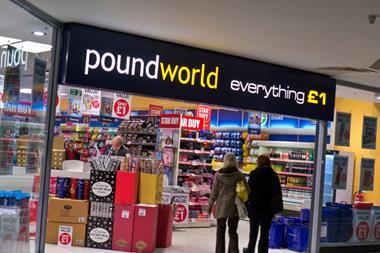
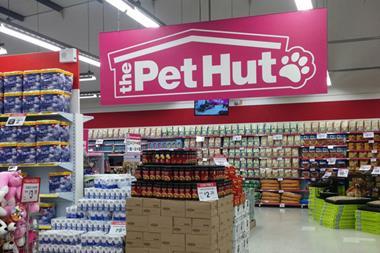
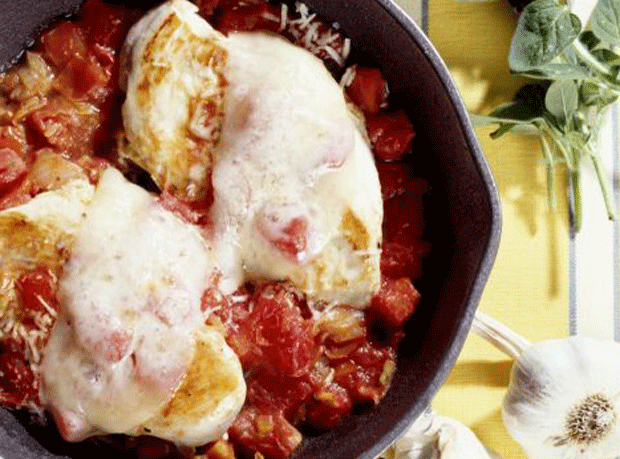
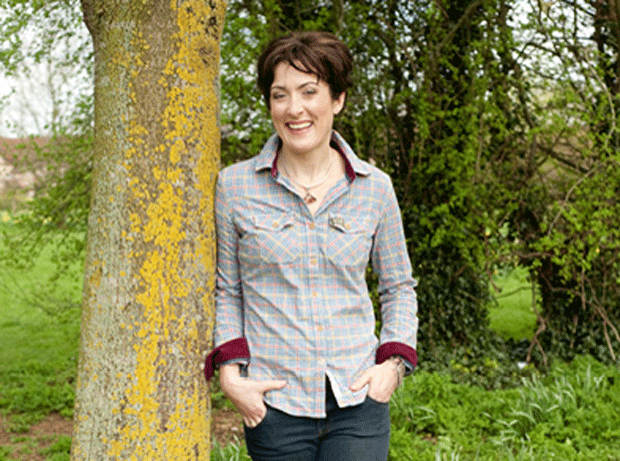

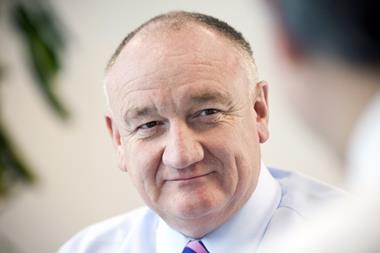


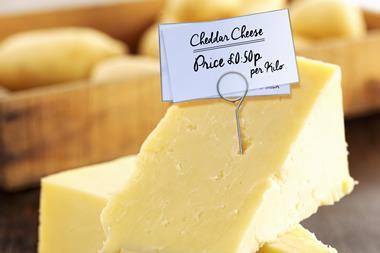


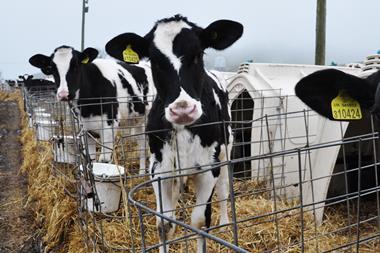
No comments yet